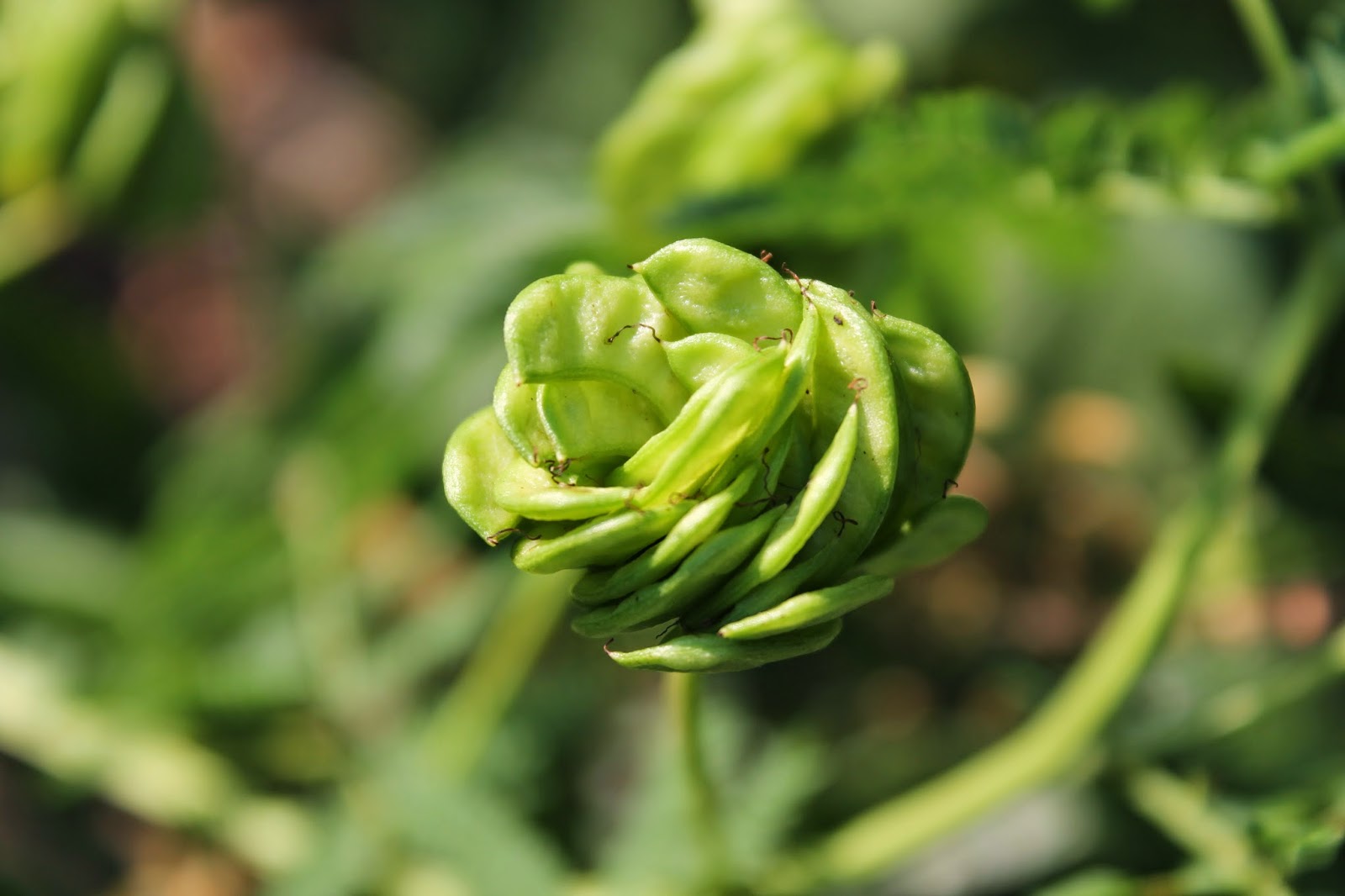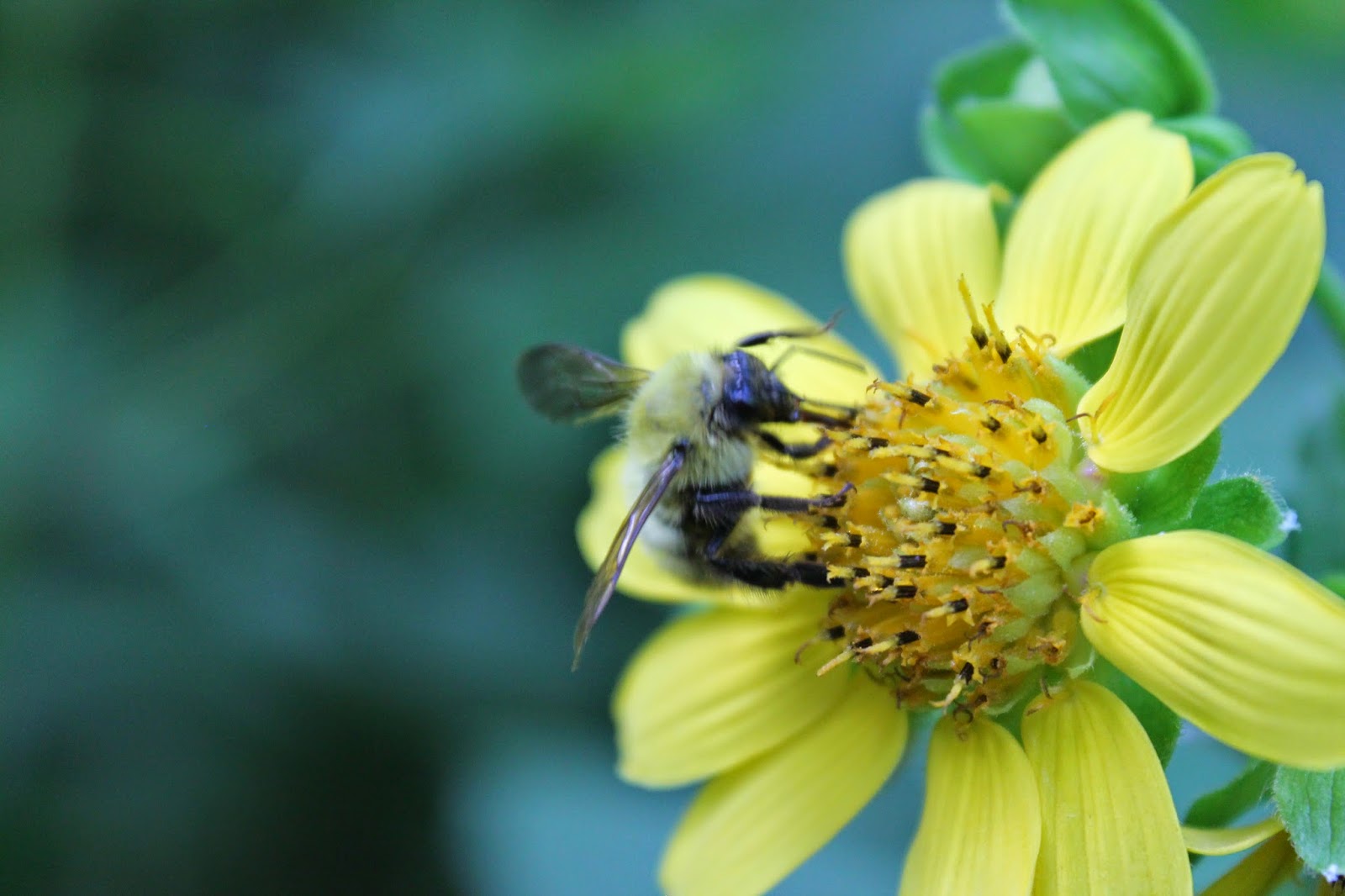Wildflower Update: No measurable rain again this week even though thunder storms passed nearby. The ironweed and goldenrod are starting to bloom. Passion flower (maypop) is blooming and the common milkweed pods are maturing and numerous. Below, maypop blooming in one of our milkweed oasis. Also below, a small patch of dodder (a parasitic plant).
Pollinators and Wildlife: Deer family groups are reforming and some have their growing fawns with them. Below, a clearwing moth this evening settling in on a butterfly bush. We have seen a mother racoon with two half grown cubs in the field behind our house on several occasions.
Work on the Farm: This week we took off honey. This year's honey was much clearer than usual. We extracted ours on Tuesday and a teaching collegue brought her supers over on Wednesday to extract. I put the emptied frames in supers out to dry today which brought thousands of honeybees to move the honey that remained back to their hives. It was interesting to see all the other bees and wasps that were attracted to the feast. A few European hornets showed up later in the day to chase down honeybees. We spent some time this weeked watering our nectar plots.
Hiking, wildflower/wildlife photography, birdwatching and native plant research available on request. The Kentucky Wildflower Farm will be offering seed from locally collected native plant species in 2015.


































